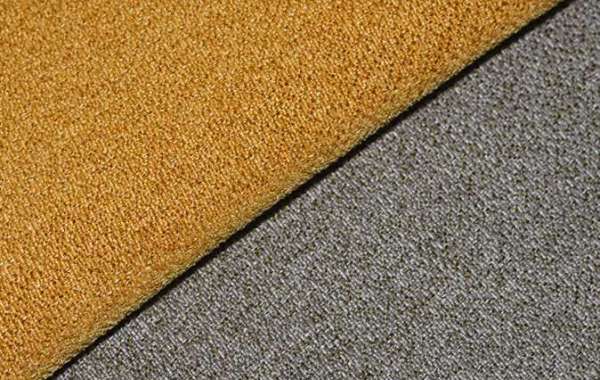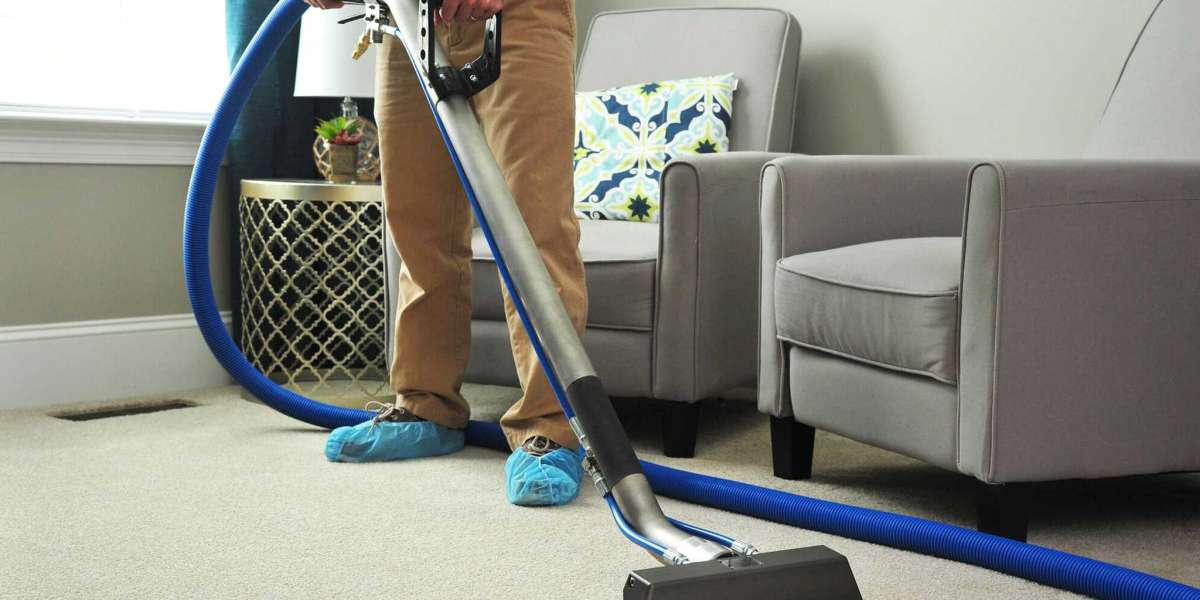Curtains add a finishing touch to a room using color, pattern and texture to accentuate a decorative theme. Blackout Curtain Fabrics also modulate light, heat and sound and provide privacy. Over time, window treatments become laden with contaminants, including dust, animal dander, hair and pollen. They can also develop mold and fade.
To keep your curtains in good condition, examine them frequently for dust, wear and fading. Vacuum and spot-clean them during regular household cleaning to keep them fresh. Deep cleaning curtains at least once a year refreshes the fabric and removes pollutants. Here, we describe how to wash every kind of curtain to help you keep your window dressings clean. You will be amazed at how good they look after treatment.
What To Remember Before Washing Curtains
How To Wash Every Type of Curtain
Rubber-backed Curtains, Blackout and Thermal Curtains
Sheer Curtains and Lace Curtains
Garment Fabric Curtains
Velvet Curtains
Dry-Clean-Only Curtains
How To Clean Curtains Without Washing
Regular Cleaning for Curtains
Drying Techniques
When Should You Wash Your Curtains?
Tips for Cleaning Curtains the Easy Way
What To Remember Before Washing Curtains
Curtains are made of many types of materials. Formal draperies are made of heavy fabrics, such as raw silk, brocade, wool, velvet and linen, and are usually lined. Sheers are made from translucent fabrics, including polyester, cotton, voile and net. Blackout, thermal and soundproof curtains have backings or embedded layers of rubber, foam or acrylic. Casual curtains are made from lightweight materials, such as printed and solid cottons, linen and synthetic fabrics.
Each fabric responds differently to water, detergent and heat. Colors may run, some fabrics shrink, and some break down. Before you wash your curtains, always read the manufacturer's label for fabric content and laundering instructions.
There are several ways to clean curtains, including:
Dry-cleaning.
Steam cleaning.
Vacuuming, dusting and brushing.
Machine-washing.
Hand-washing.
Spot-cleaning or blotting.
Curtains made from heavy material, that have a pronounced pile or are lined are usually dry-cleaned.
No matter which method you choose, take these steps before laundering:
Remove all hooks, pins and weights.
Loosen tapes to keep fabric from bunching up.
Shake, vacuum or brush curtains to remove contaminants.
Measure your curtains before cleaning so that you can restore them to the same size.
How To Wash Every Type of Curtain
If your curtains are washable, follow the manufacturer's instructions. For machine laundering, use the delicate cycle, cold water and a mild detergent. Do not overload. The panels need room to rotate freely during the wash cycle.
If your curtains are hand-washable, wash them in the bathtub, a large tub or a large sink in cool water with mild soap. You can also hang them on a clothesline and wet and rinse the fabric with a hose.
Use this method to find out whether your curtains are washable:
Dip a section of the back of the hem into cool water.
Add detergent, gently rub, and let sit for a minute.
Rinse thoroughly with cool water.
Gently squeeze or blot to remove excess water.
Let the material air-dry.
As a professional Blackout Curtain Fabric Manufacturer, we also offer tons of different fabric material,welcome to consult us.
Compare the test patch to the rest of the curtain. Is there a color change? Does the material pucker? If the patch has not changed in color, size or texture, the curtain should be washable.







